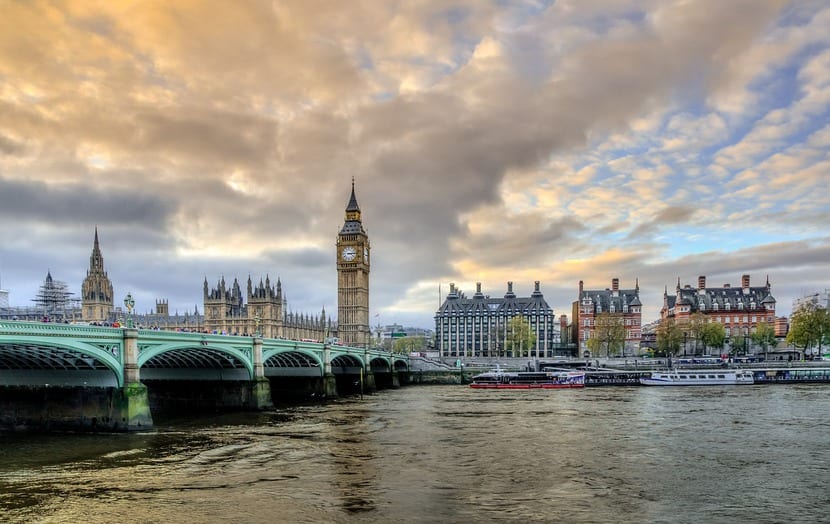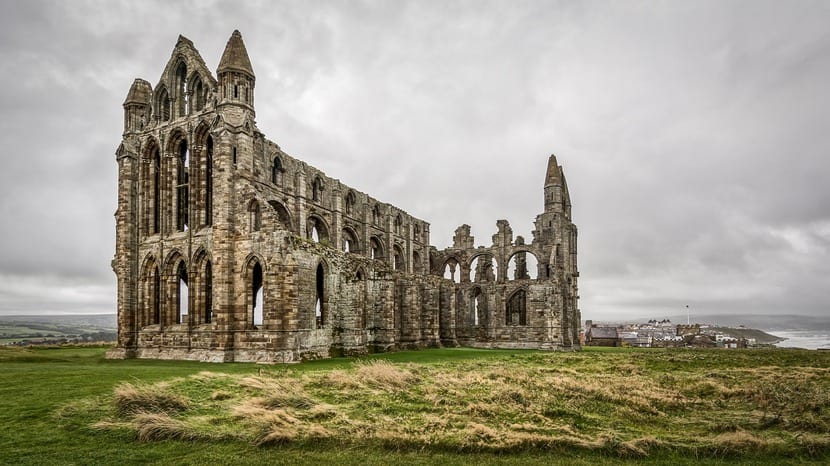
London, the city whose Library inspired the creation of Dracula.
La London library revealed this week a fascinating discovery about how it was researched and written Dracula. 26 books helped Bram Stoker create Dracula one of the most famous characters in literature.
Philip spedding, Director of Development for the London Library, began your investigation with the collection of Stoker notes discovered in 1913. Hundreds of references to individual lines and phrases from the books Stoker deemed relevant to bringing Dracula to life are included in the listed notes.
The Library has original copies of 25 of these books, in which marks have been discovered that match the references in Stoker's notebook.
In Sppeding's own words,
'Bram Stoker was a member of the London Library, but until now we have had no indication of how or how he used our collection. Today's discovery enables us to affirm, beyond reasonable doubt, that many books that are still on our shelves are the same copies he was using to help write and research his masterpiece ».
The marks found consist of crosses, underlines, folded pages, and even instructions to copy entire sections.
The most marked books are El werewolves book by Sabine Baring-Gould and the Pseudodoxic Epidemic by Thomas Browne.

Whitby Abbey was one of the settings that inspired Bram Stoker to create Dracula.
Stoker was a partner in the London Library for seven years, which coincide with the period in which he was working on Dracula, from 1890 to 1897, the year it was published Dracula.
Professor Nick Groom of the University of Exeter expressed his approval and enthusiasm for Spedding's discovery:
“This is a very exciting discovery. I have examined the books and their annotations with Philip Spedding and compared them with Bram Stoker's notes. I have no doubt that Bram Stoker used these same copies to Dracula, a book that took him seven years to write. They show that The London Library was the crucible for one of the most influential novels in world history.
Phillip Marshall, Director of the London Library, encourages writers to use the library for documentation work on their works:
"We hope that many aspiring writers will follow Bram Stoker's example and use the London Library for inspiration and support in creating their own masterpieces."